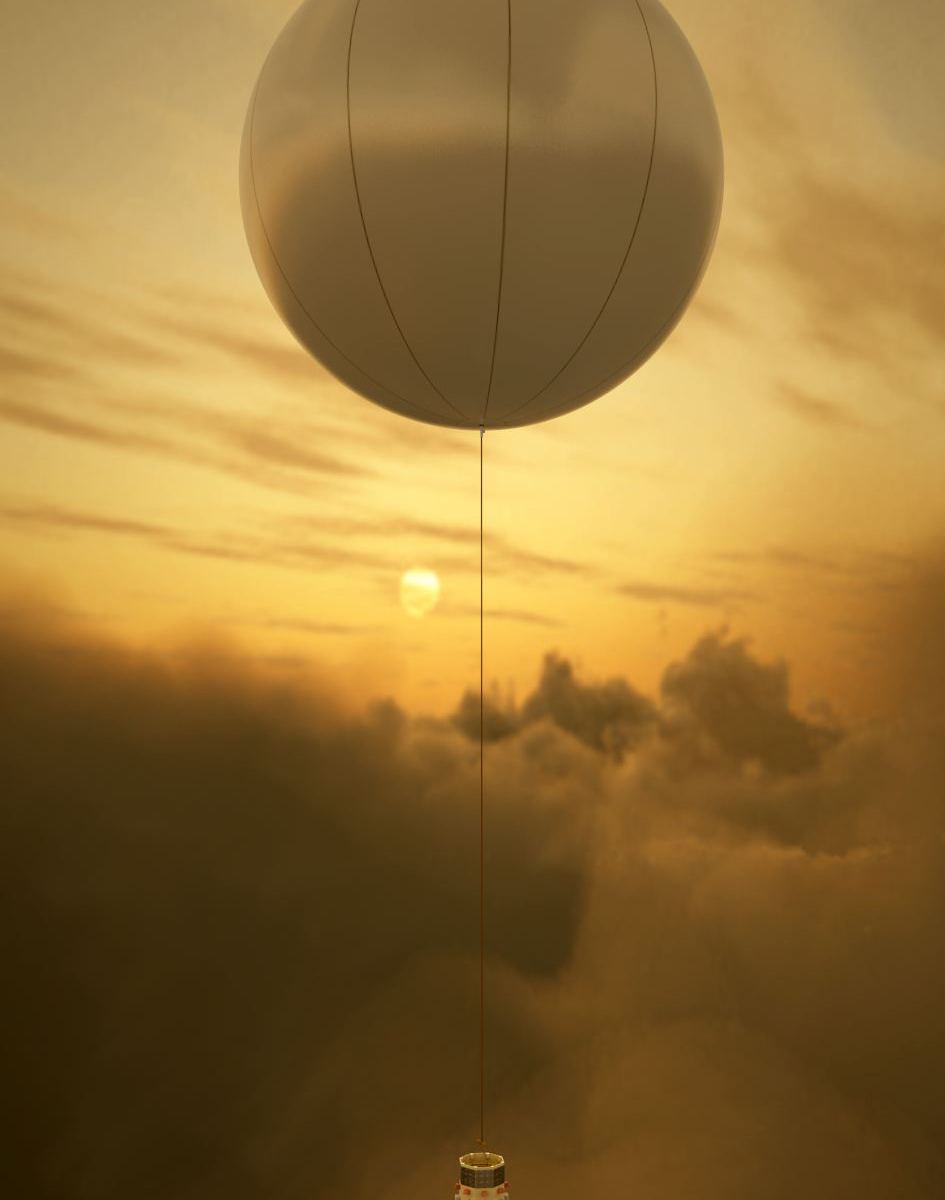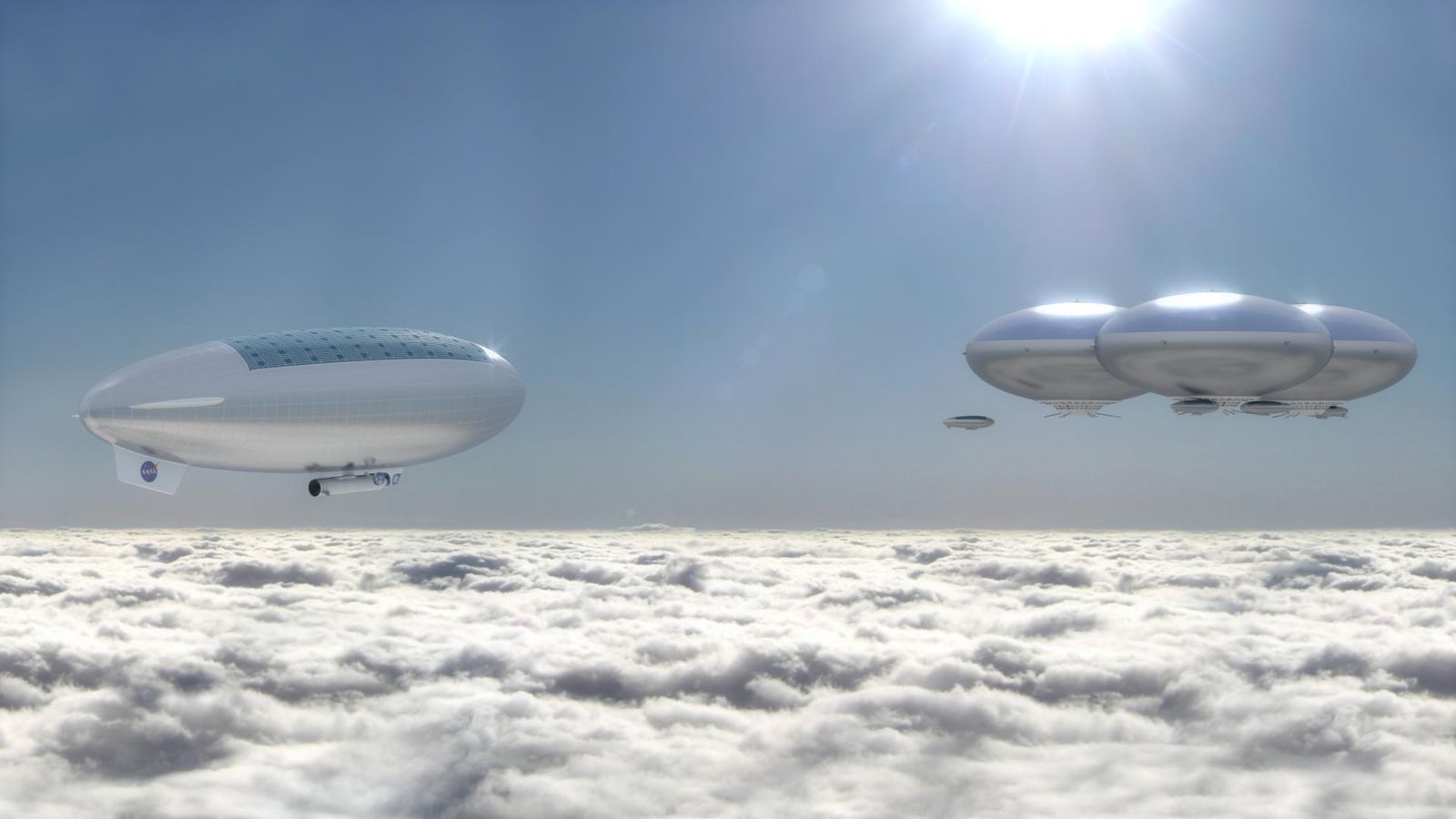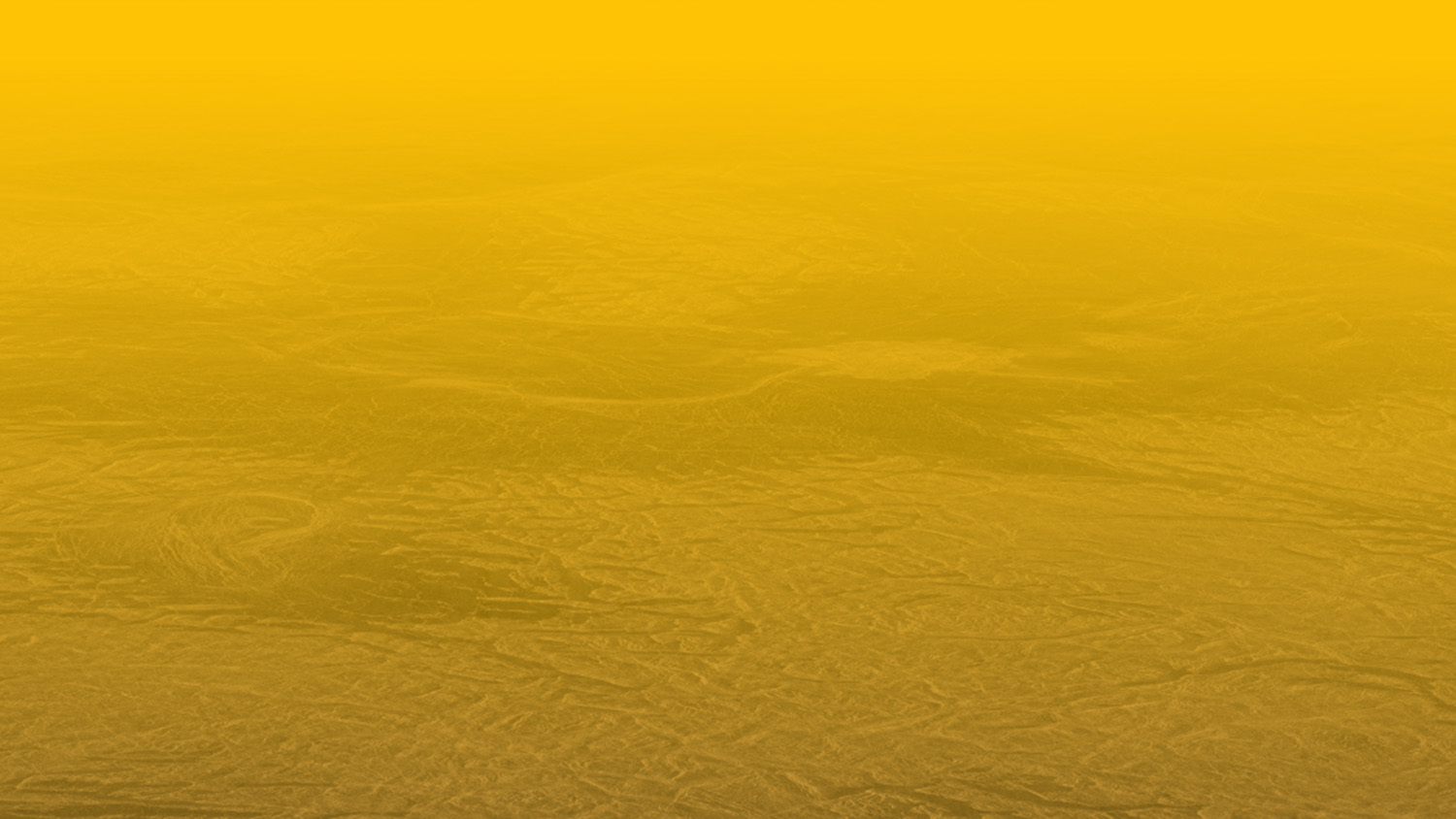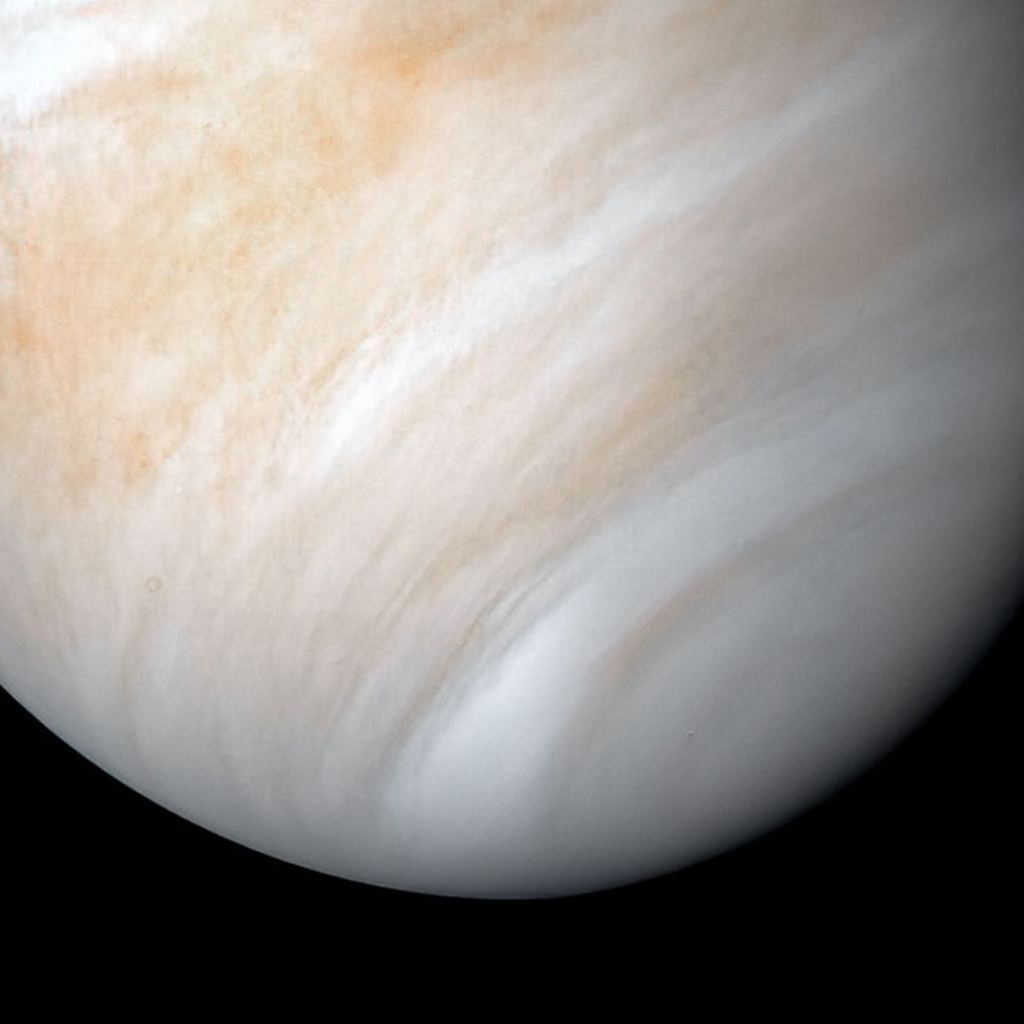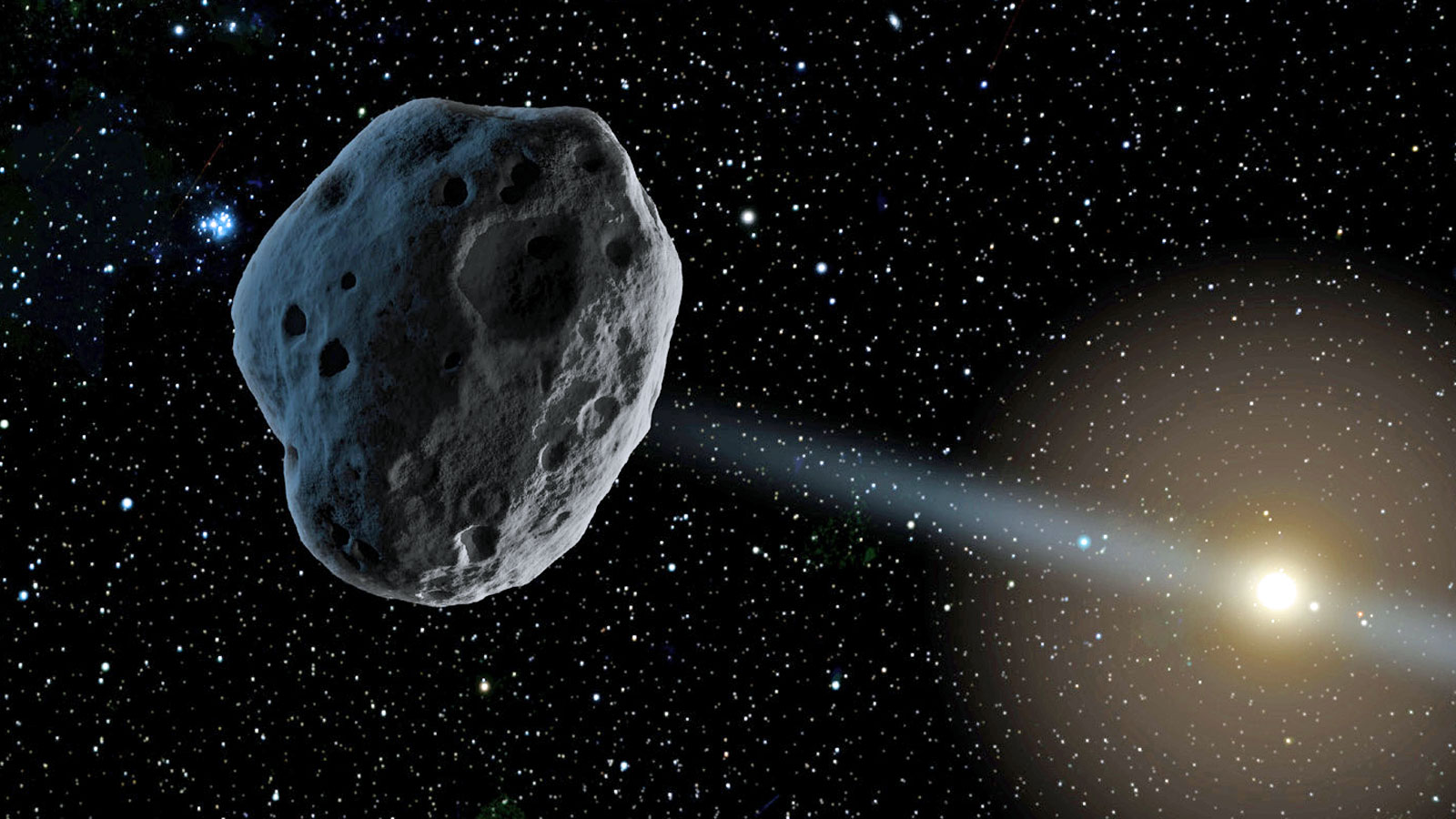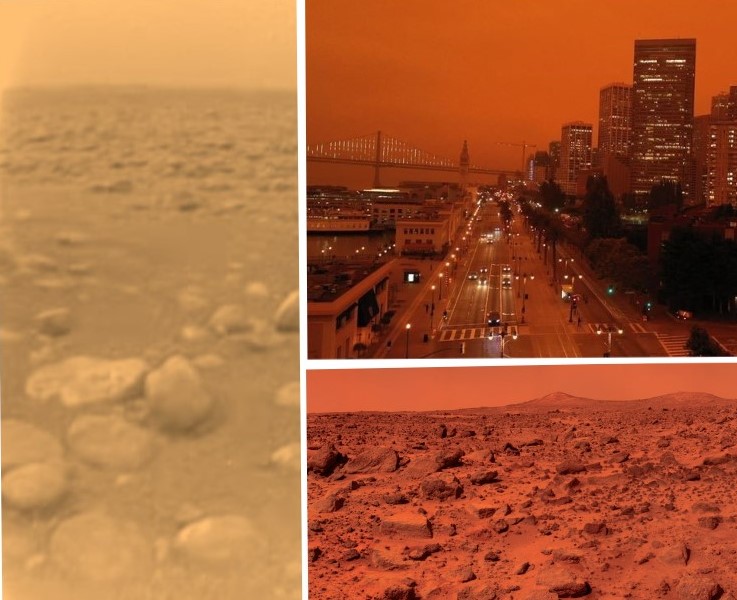The discovery of phosphine in Venus’ atmosphere has generated a lot of interest. It has the potential to be a biosignature, though since the discovery, some researchers have thrown cold water on that idea.
But it looks, at least, like the discovery is real, and that one of NASA’s Pioneer spacecraft detected the elusive gas back in 1978. And though it’s not necessarily a biosignature, the authors of a new study think that we need to rethink the chemistry of Venus’ atmosphere.
Continue reading “Did Pioneer See Phosphine in the Clouds of Venus Decades Ago?”
